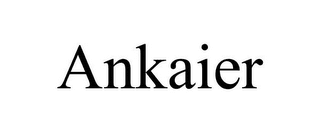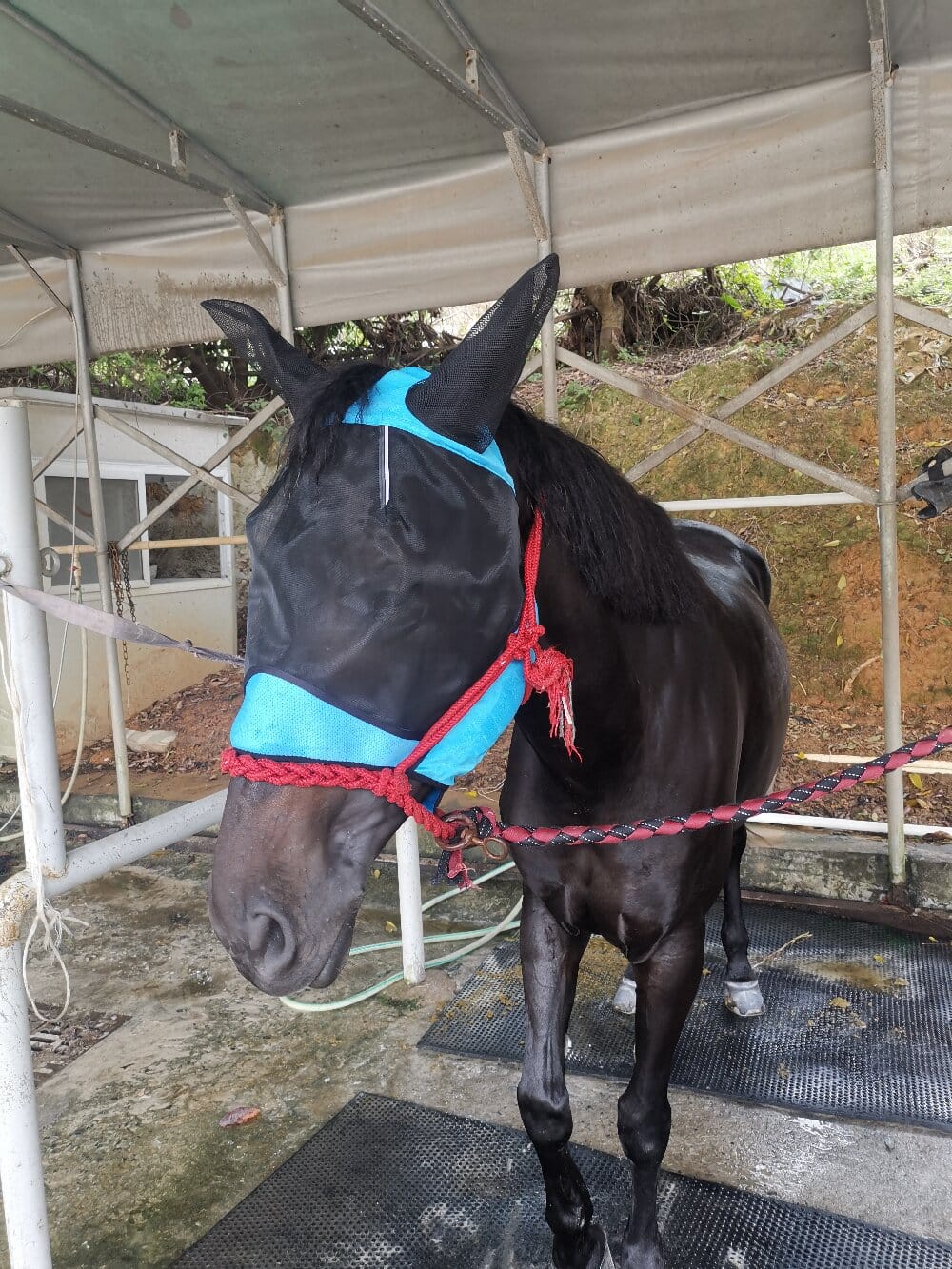A horse fly mask is a specialized piece of equine equipment designed to protect a horse’s eyes and face from biting insects, harsh sunlight, and environmental debris. From a data interpretation perspective, the widespread adoption of these protective garments is not merely a trend but a response to quantifiable benefits observed in equine health and behavior. The decision to use such gear is increasingly supported by observable data points, ranging from reduced insect-bite incidence to improved ocular health metrics, making it a critical component in modern, data-informed horse management. This analysis delves into the functional aspects, material science, and behavioral data that underscore the importance of this simple yet effective tool.
Quantifying the Threat: Why Protection is Essential
The primary function of any fly veil or face covering is to mitigate the impact of pests. Data collected from veterinary practices indicates that insect bites around the eyes can lead to conditions like conjunctivitis, corneal ulcers, and persistent inflammation. Beyond the immediate physical discomfort, the constant agitation caused by flies has a measurable effect on a horse’s stress levels. Behavioral studies show that horses wearing protective face gear spend significantly more time grazing calmly and less time engaged in defensive head-tossing and stomping. This reduction in stress-related behaviors directly correlates with better weight maintenance and overall well-being, providing a clear, data-driven rationale for their use during peak insect seasons.
Material Science and Design: A Data-Driven Evolution
The evolution of the equine fly mask reflects a continuous process of improvement based on performance data and material technology. Modern masks are not simple nets; they are engineered products.
- Breathable Mesh: The most common material is a lightweight, durable mesh that allows for maximum air circulation while creating a physical barrier. Data on equine thermoregulation has pushed manufacturers to develop fabrics that do not trap heat, ensuring the horse remains cool.
- Ultraviolet Protection: Many contemporary masks now incorporate UV-blocking properties. Given the data on equine susceptibility to squamous cell carcinoma and sun-bleached coats, this feature adds a significant layer of preventive health care, particularly for light-colored or pink-skinned horses.
- Durability and Safety: Data on field accidents has led to design innovations such as breakaway straps, which are crucial for preventing injury should the mask become snagged. Furthermore, tear-resistant data ensures the product can withstand the rigors of pasture life without compromising protection.
Selecting the Right Fly Mask: An Analytical Approach
Choosing the appropriate eye protection for a horse is a decision best made by interpreting the animal’s specific environmental and physical data. A one-size-fits-all approach is ineffective. Key data points to consider include the horse’s pasture environment (e.g., high insect population, intense sun exposure), individual sensitivity to insects, and head shape measurements. For horses with pre-existing conditions like uveitis, a mask with darker, more complete UV protection is a data-supported necessity. Similarly, data on herd dynamics might indicate the need for a more durable, “tough” version for horses that are rough players. The fit is paramount; data shows that a poorly fitted mask can cause rubs or fail to provide adequate coverage, rendering it useless or even harmful.
Behavioral and Health Metrics: The Proof is in the Data
The ultimate validation for using a horse fly mask comes from post-implementation data. Owners and trainers who adopt this protection often report a marked decrease in veterinary treatments for eye-related ailments, translating to lower healthcare costs. Behavioral metrics are equally telling. Time-lapse observations in pastures reveal that protected horses exhibit more relaxed body language, spend more time in restful states, and engage in fewer frantic escape behaviors. This collective data paints a compelling picture: the minor investment in a protective mask yields substantial returns in terms of animal welfare, performance potential, and long-term health outcomes. It transforms a management choice from an assumption into an evidence-based practice.
A Conclusive Interpretation
In summary, the decision to equip a horse with a fly mask is strongly supported by a confluence of data from veterinary science, materials engineering, and equine behavior studies. It is a proactive measure that addresses quantifiable threats from insects and ultraviolet radiation, leading to measurable improvements in ocular health and overall stress reduction. By carefully selecting a well-fitted mask based on individual and environmental data, horse owners can make an informed investment in their animal’s comfort and long-term well-being. The data clearly indicates that this simple piece of equipment is a fundamental component of responsible, modern equine care.

